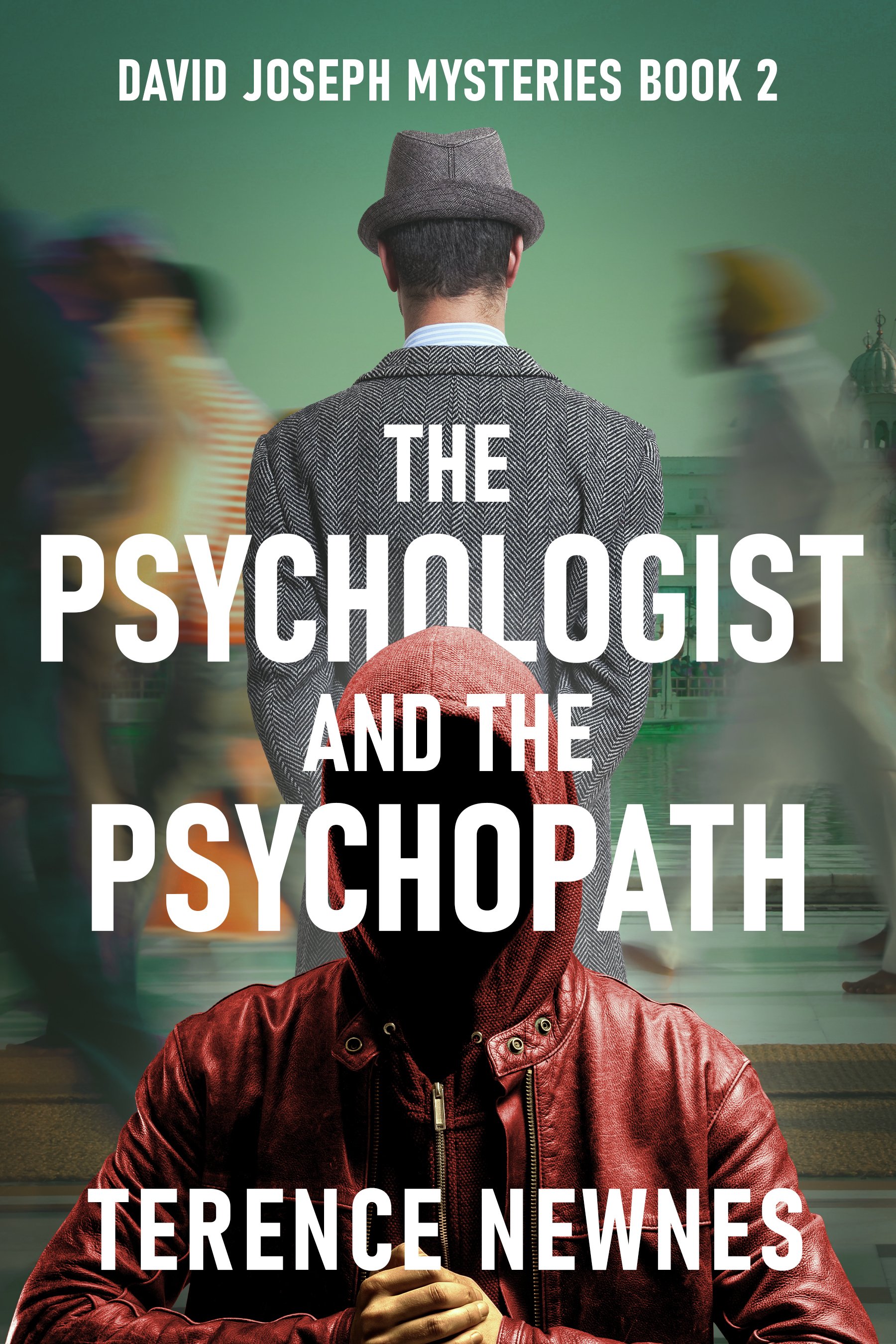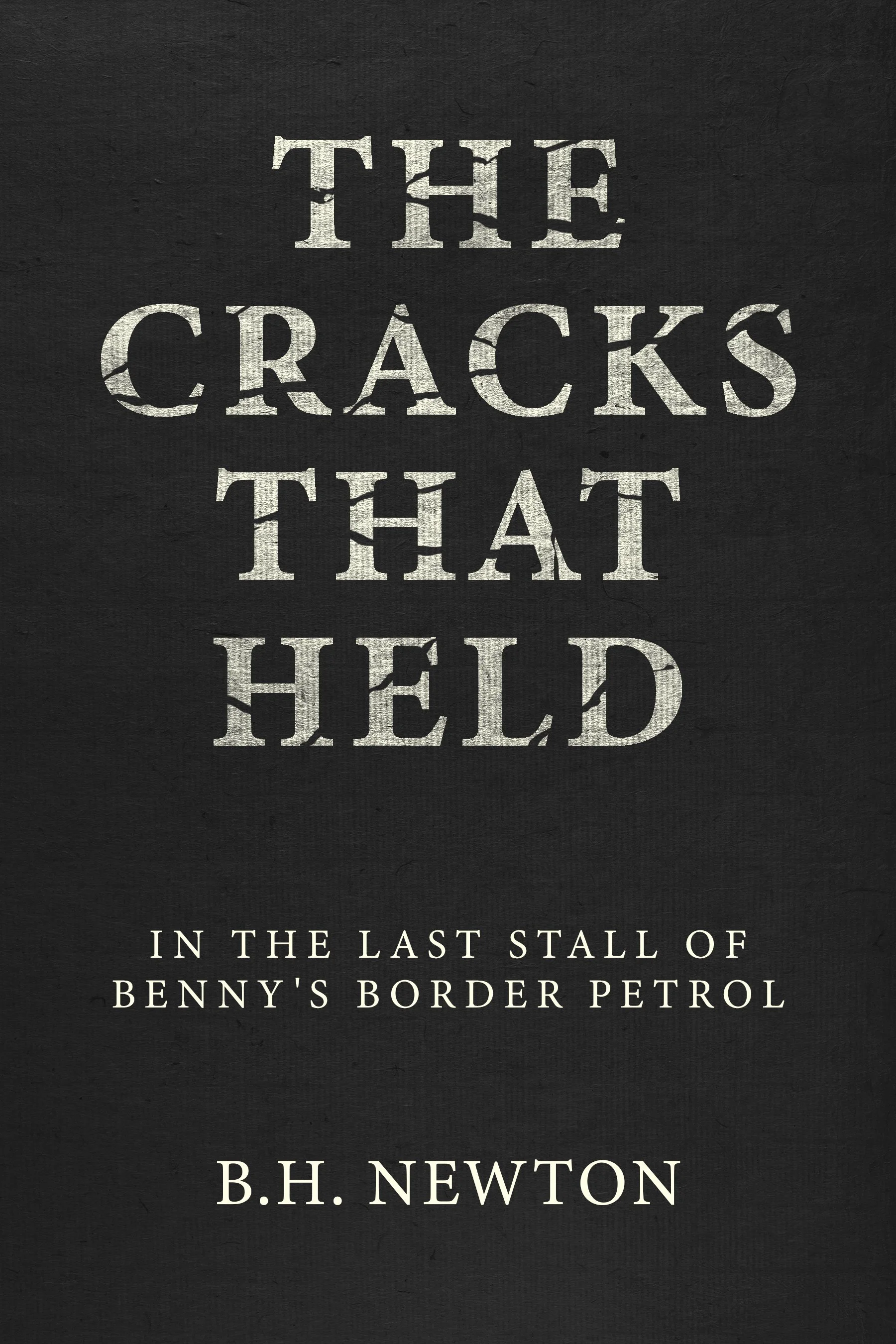A City Owned (Murder By Increments Book 1)
Book summary
As women’s bodies are discovered along Los Angeles roads, a horrifying pattern of rape and murder emerges, leading police to suspect one of their own. As the investigation unfolds, an unexpected arrest forces detectives to confront the darkest corners of the human psyche. "A City Owned" recounts a chilling true-crime tale.
Book excerpt from A City Owned
Days passed, and nobody reported the girl missing. A notice was placed in the Herald Examiner with an artist's sketch, in hopes somebody would come forward with information. Nobody did.
Meanwhile the coroner's investigation indicated that the victim had been strangled to death at around midnight, some six hours or so before she was found.
She had been raped and sodomized. Traces of an adhesive were found on the girl's face, indicating the use of a tape as a gag. All this underlined the possibility of an attack by a sexual sadist, by some kind of “psycho” on the loose, as Mitchell had put it.
But there remained the possibility that this victim, like Yolanda, was a prostitute, and the evidence of gagging and binding was part of a consensual sex game between her and a john, and the girl had been killed for unrelated reasons. Bondage was hardly an unusual request made of prostitutes. There was no sense at this time that the two cases were related, despite the similarities of MO. They were being handled by separate units. But the thinking about this case amongst detectives was, at the early stages, moving in the same direction: the victim was a street person who had fallen foul of her chosen lifestyle.
Salerno thought it likely that since nobody had come forward to assist in the identification, the victim was a runaway, one of the many drawn to Hollywood each year. Her youth and starved condition suggested the same conclusion. They arrived in an endless stream, usually escaping some sort of abusive or desperate situation at home, searching for something—fame or wealth, significance—and invariably found that nobody gave a damn about them or their problems. From there, the inevitable slide into crime, drugs, prostitution. Judy's parents may not have come forward because they were far away, in another county or even state. Perhaps they weren't looking for her. Perhaps she had no parents.
So, following his nose, Salerno went down to Hollywood Boulevard after hours, in his civvies, and began showing the artist's sketch to the locals. The kinds of people Salerno was hoping to extract information from were addicts, pushers, bikers and prostitutes: not the most forthcoming with police. A man much like Charles Koehn, a father of three boys who liked football and fishing, he didn't care to spend his free time mingling with the denizens of Hollywood, but cracking a case was all about developing trust and rapport with witnesses; so out he went, always speaking to folks respectfully, maintaining a dialed down approach. In his favour, his presentation hardly screamed “cop”. Bespectacled, with thoughtful eyes, a vaguely patrician bearing, and dressed in dorky sport casuals, he could have instead passed for a teacher or a librarian. His “witnesses” probably mistook him for a tourist who had got lost in the wrong part of town.
He kept hearing the same name: Judy. They said she was a runaway, just like he thought. A couple of them mentioned this Judy often hung out at the Fish n' Chips restaurant on the Boulevard. Salerno headed there next.
At a table in the corner sat a big meaty guy with a stringy blonde ponytail. Tattoos, denim jacket with the arms torn off. On the streets they called him Youngblood, but he gave the detective his real name: Markust Camden.
He nodded when shown the picture.
—Yeah, I seen her. Right here, a few days, maybe a week ago. What's this all about?
Salerno explained that if this was the same girl, she was dead—murdered in fact—whilst omitting as many details as possible. He wanted Markust to walk him through exactly what happened the last time he saw her.
Markust's eyes widened almost imperceptibly when he heard this news. Then he was straight back to poker face.
—Well, not much. Let's see, it was Monday. There was a group of us sitting right there at that table. I bought her a coffee. She left around nine or ten. That was it.
To Salerno, Camden seemed cagey. And he had an edge of barely concealed nervousness about him. But Frank's gut told him this was the type of witness he placed in a particular category: probably not directly involved, but not one-hundred percent truthful either.
The reason for that was Camden's eyes. They were tinged with fear, worry, maybe a kind of existential dread. This was a sad man, a feeling man. Judy's killer struck him as a very different type: someone cold, calculating. Lacking in fear.
Salerno sincerely doubted that this was the guy, but he also felt that maybe he knew more than he was telling. He gave him his card and asked him to call him if he thought of anything else.
Camden, of course, had every reason to be cagey. If Judy had been murdered that night after he had sex with her, that would probably make him a suspect. With all the dramas he had in his life, he didn't need one more.
* * *
After more evenings scouring the streets of Hollywood for information, Salerno was finally able to track down Judy Miller's parents. They were not far away; camped out, in fact, at the Hollywood Vine, a rundown hotel in the old theatre district, practically a stone's throw from the Fish n' Chips. Despite her proximity, Judy had not cared to return home, and they had apparently not cared to find her.
The family of four—Judy's mother and father, and two little boys—were living in a single room littered with spoiled food and dirty diapers. A stench of sour milk, mold and feces hung in the air.
Given that their living conditions resembled a middle-eastern war zone, Salerno was not so surprised at their impassive response to the news of their daughter's death. Mr. Miller just nodded.
A father of three boys himself, Frank could never grasp how parents could be unmoved when something so terrible happened to their child. But it was easy to be judgmental from a position of privilege. Life for the Millers was obviously easy come, easy go. Judy's absence from their lives, and now her death, meant they had one less mouth to feed.
Mr. Miller identified Judy from the coroner's pictures, which for Salerno was the only positive from the whole encounter. The identity of the victim was now known, and that part of his job was done. In truth, he hoped he would never again have to dwell again upon the wretched life and death of Judith Lynn Miller.
Salerno had reasonable cause for such optimism. No immediate connection was drawn between the earlier murder victim found near the cemetery and this one. A somewhat competitive and antagonistic atmosphere prevailed over relations between the Sheriff's Department and the LAPD, and even if they had cared to compare notes on cases, information sharing was not a strong point. Sheriff's detectives tended to look down on the LAPD officers, who did not need to submit to the same rigorous standards of training and experience. Salerno's baptism of fire working as a jail warden for his first year was the baseline requirement for all sheriffs. The LAPD resented this impugning of their status, and countered that their officers had better street nous to manage tough crime. The divide fostered by these schoolyard squabbles meant that collaboration to solve cases crossing jurisdictions was a tall order.
In any case, even if the police had recognized the links in MO between the murders, taken as a whole—amongst the many homicides perpetrated against street people—they would still have appeared to be random events. Such people tended to come to untimely and vicious ends at the very hands of the company they kept, and nothing was deemed too unusual about it.
All those assumptions, however, were about to unravel.
“History and psychology blend in transformative fashion... A very important book on many levels”
“Detailed, accurate, fascinating”
“An unflinching take on the dark underbelly of Los Angeles in the 1970s... Anyone who finds true crime stories worthwhile will be riveted by A City Owned”




















Praesent id libero id metus varius consectetur ac eget diam. Nulla felis nunc, consequat laoreet lacus id.